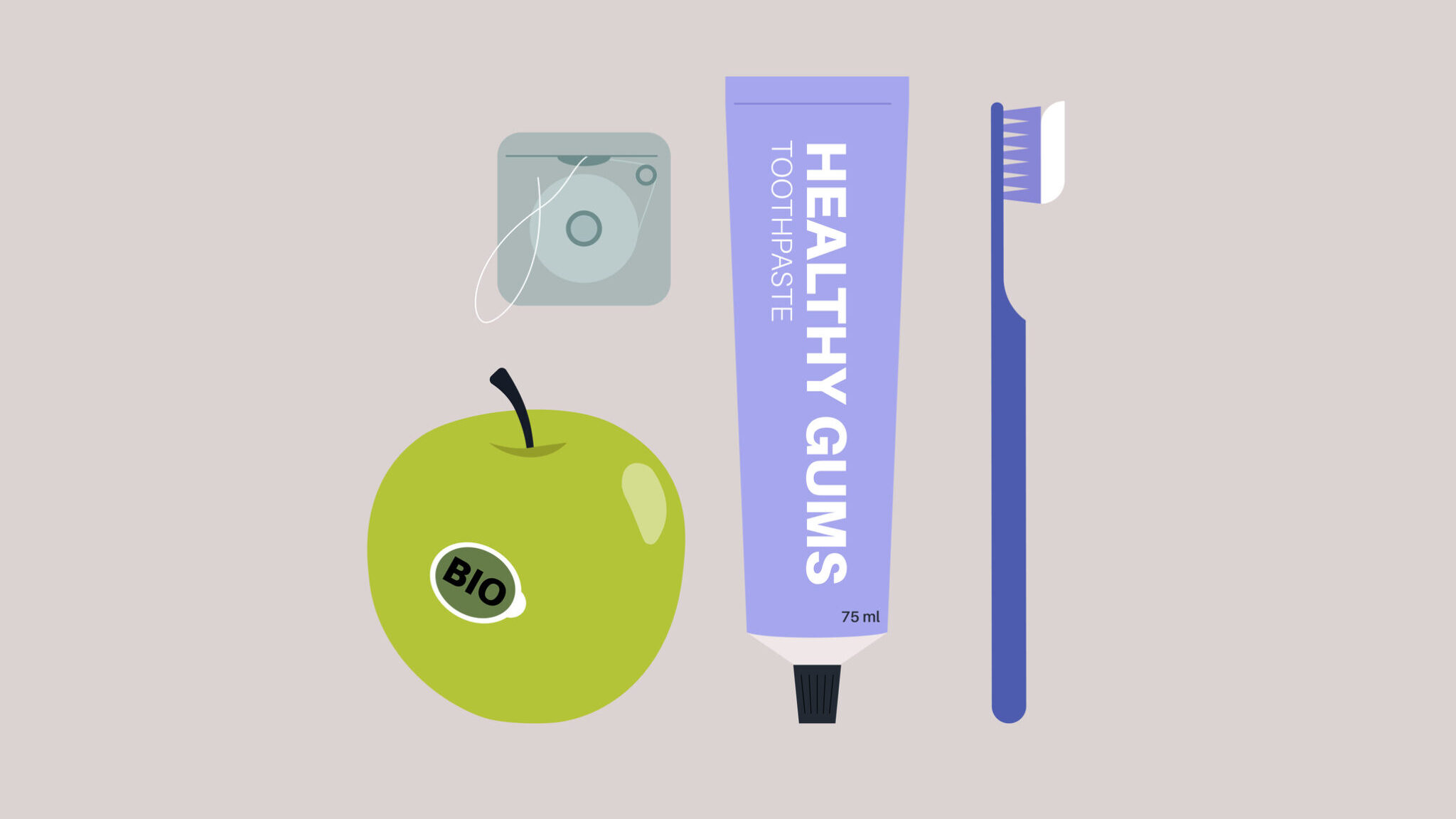 Nowadays practically every dental office employee has a cell telephone and is adept at using it to stay in touch with friends and relatives through either live conversations or text messages. Telephone communications in a professional setting require more refined skills than those that are necessary for chatting with friends. I called a dental office this past week and it was clear that the person answering viewed me as an unwelcome interruption and as a result left me on ‘ignore’ for at least 3 full minutes before disconnecting the call. If I were a new patient looking for a dentist, I would not have called back.
Nowadays practically every dental office employee has a cell telephone and is adept at using it to stay in touch with friends and relatives through either live conversations or text messages. Telephone communications in a professional setting require more refined skills than those that are necessary for chatting with friends. I called a dental office this past week and it was clear that the person answering viewed me as an unwelcome interruption and as a result left me on ‘ignore’ for at least 3 full minutes before disconnecting the call. If I were a new patient looking for a dentist, I would not have called back.
The person who answers the telephone in your office is a goodwill ambassador representing your office. As an extension of the clinical care provided the telephone communications represent the front line of the communication process. The voice on the telephone reflects the goodwill of the dental centre and be the public relations contact for the dental centre.
So, let’s get back to basics. Telephone skills are an important part of the job and the first point of influence in the service cycle of dentistry. It matters how the telephone is answered. The way you handle your telephone is as important as a face-to-face meeting.
When the telephone rings, we are often annoyed at the interruption. But on the other end of your ringing telephone is likely a patient or a potential patient, eager for information about your office. The way your staff answers the telephone sets the stage for your patients’ experience with you.
There are interesting statistics that show people develop a perception about you within the first 30 seconds of a telephone conversation and their final opinion of you in the last 30 seconds. Here are some telephone tips that will boost that final opinion to one of an on-going positive relationship!
Here are five tips for ensuring your telephone skills give a good impression.
1. Breathe and Smile – Before you pick up the telephone, take a deep breath. Most of us are what they call “shallow breathers”. We take small breathes in and out and therefore, sound tired when we answer the telephone. The goal is to sound like you like your job and you are glad they called. Try to convey some type of enthusiasm. From beginning to end, show that you care about the person you are talking to. You don’t need to act overly excited about your telephone conversation. Just have a positive attitude. It is contagious.
Smile! Even though you are on the telephone, the other person can sense a smile from you. Try putting a mirror on your desk to remind you when you are not smiling at the patient. Remember that you are in the Smile business. Your tone and voice inflections will create an impression and help the person on the other end understand what you are telling them.
2. Have a warm greeting . Welcome people into the conversation. Thank them for calling. Don’t make them feel as if they are an interruption. Identify yourself. Give your name and offer your assistance. Since they have taken the time to call you, you may answer the telephone this way; “Thank you for calling Happy Smiles Dental Centre, this is Sandie speaking, how may I help you? Or you could even try ” how can I make it a great day for you?” It may sound corny but it is memorable and friendly. It may surprise and delight the caller.
3. Be a Sincere Problem Solver As dental professionals, we are all “problem solvers” in some way. People call us on the telephone to have a problem answered. Whether it is to get driving directions, or hours of operation or questions about our services, they have a question and want it answered quickly, intelligently and politely. It is important to put the patient’s needs ahead of ours.. A patient will remember how attentive you were to their needs when they are asked to make a referral!
When talking to a patient, avoid technical dental terminology that they may not understand. Using terms that are too technical may put a patient in an uncomfortable position. They might feel apprehensive because they don’t understand you, or, they may feel frustrated and become impatient.
4. Listen attentively. Put everything down when you answer the telephone! Tune the world out and tune your patient in. Patients don’t like to be ignored and by multitasking, we are not focused on the customer’s wants and needs.
Visualize the person, even if you don’t know them so that you remind yourself you are engaged in a two-way conversation. If you still have trouble listening, start taking notes on what they are saying. Use a headset if possible, to keep your hands free. By taking notes you can verify with them as well as yourself, the important points of the conversation and the action items that needed attention.
Don’t get angry, even if the patient is. It is not always easy to keep calm, especially if the patient is angry about something you have no control over. If a patient is complaining and angry, let them vent. Most likely they aren’t mad at you personally. Ask them questions to show that you care. Don’t add to their aggravation. You might ask them to repeat the problem just to make sure you understand. Be a good listener.
5. Control the “hold” button. Patients do not like to be put on hold. There are really only two reasons to put someone on hold: to transfer to someone else or to get information. If you are going to make a patient wait on hold, for any reason, let them know how long they will have to wait. When you say a minute and it really is just a minute, it will probably seem a lot longer to them. So, if you are asking them to hold for an extended period of time, it is probably best to call them back. Promise to call at a specific time. Then, keep your promise!
When transferring – only transfer once. If you are transferring to someone else, make sure that person is available. Don’t put the patient on the hold, transfer, hold, transfer, hold, transfer, routine.
If the telephone call has been successful, the first 30 seconds established a positive perception about you through voice, and tone and focus. The last 30 seconds will be when the caller finalizes their opinion about you. You can make that a positive experience by thanking them for calling, reviewing the problem you were able to solve and then most importantly, thanking them for their continued business. To build a strong business, you need to have repeat and referral business. What easier way than to ask for their continued business at the end of each and every telephone call.
The way you speak over the telephone conveys 85 percent of your message, so by focusing on the previous 5 tips you can make it a positive experience for the caller each and every time your telephone rings.
For more information and specific dental telephone techniques and scripting, send an email to sandie@dentalofficeconsulting.com and put Telephone Techniques in the subject line.












